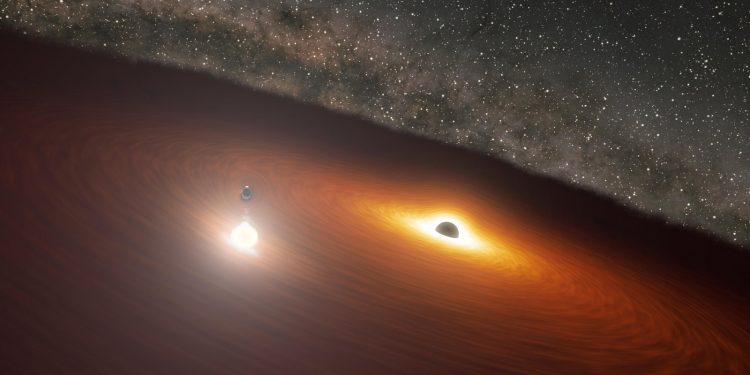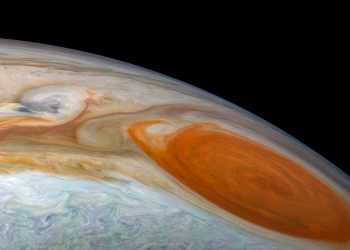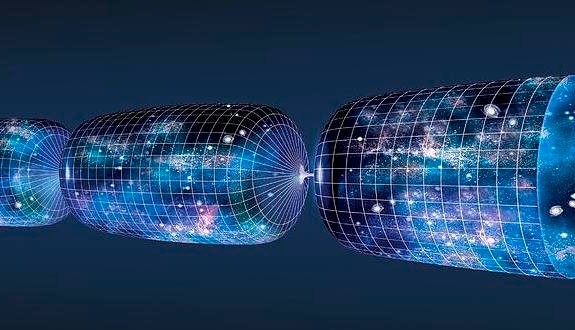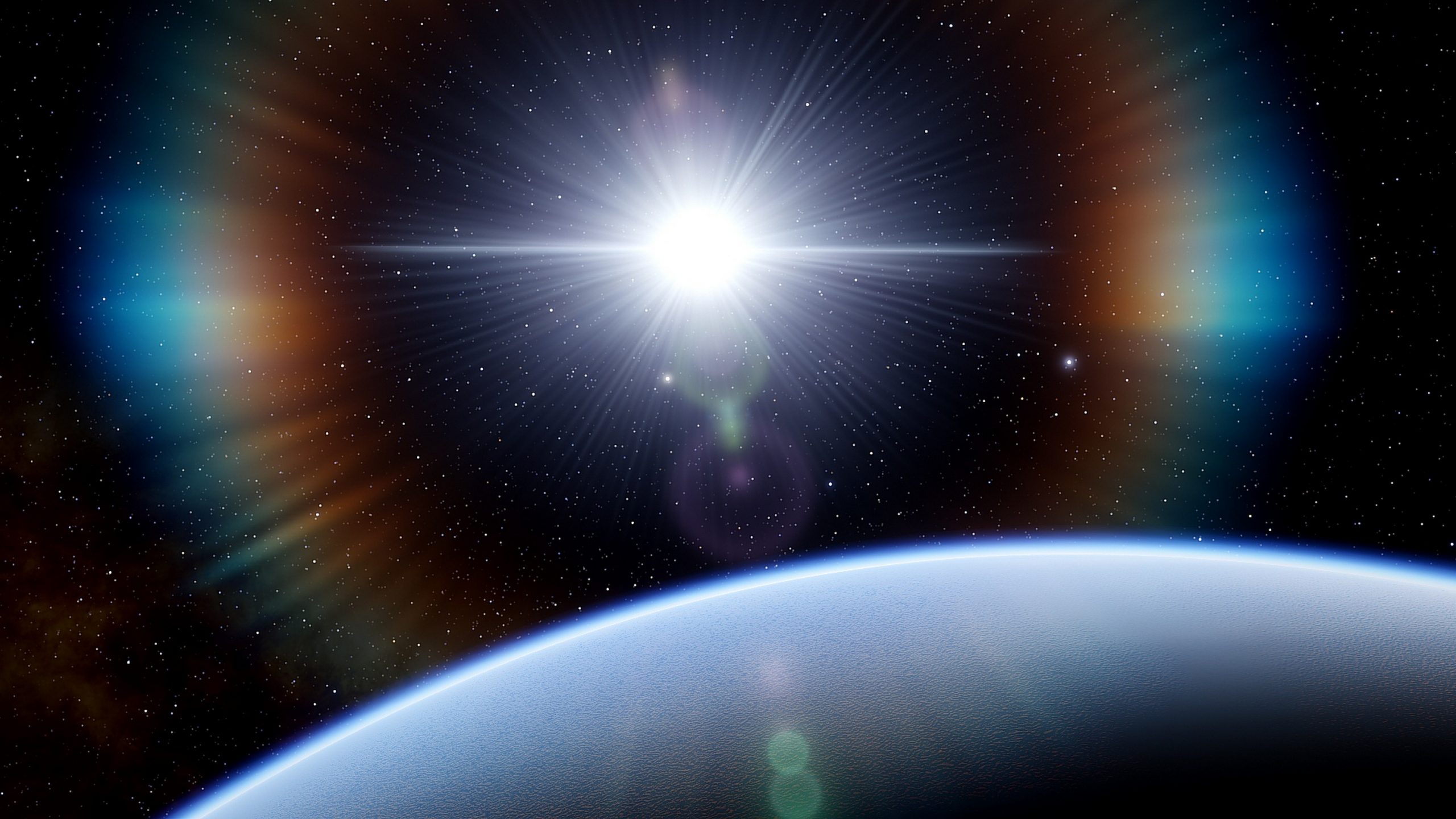In the vast expanse of the early universe, black holes—some of the most mysterious and powerful objects—are now proving to be more abundant than scientists had previously estimated. These discoveries, made possible through groundbreaking observations, are reshaping our understanding of black hole formation and growth in the first billion years after the Big Bang.
Supermassive black holes, weighing in at billions of times the mass of the sun, have always been a source of awe and curiosity. These cosmic giants reside at the centers of galaxies, and many were already present when the universe was just a billion years old. Their incredible luminosity, known as quasars, has been a beacon for astronomers studying the early universe.
However, recent research has revealed something even more surprising: in addition to these luminous behemoths, there are many more smaller, less bright black holes that have evaded detection until now. Using data from the Hubble Space Telescope, a team of researchers published new findings in The Astrophysical Journal Letters, showing that black holes were much more common in the early universe than previously thought.
How Do Black Holes Grow So Quickly?
Black holes grow by consuming the material around them, a process known as accretion. As they do so, they emit large amounts of radiation, which in turn places limits on how quickly they can grow. This has led scientists to a puzzle: how could these massive quasars have formed so early in the universe’s timeline? There simply wasn’t enough time for them to grow to such enormous sizes without breaking the known laws of physics—or perhaps they were born far more massive than anyone expected.
Light vs. Heavy Seeds: Theories of Black Hole Formation
The origins of black holes remain a subject of debate. One theory suggests that smaller “stellar mass” black holes form from the remnants of massive stars that have exhausted their fuel. These black holes then grow rapidly by merging with other stars or black holes in dense star clusters.
An alternative theory posits the existence of “heavy seeds,” with masses around 1,000 times that of typical massive stars. These could have formed through a process known as direct collapse, where gas clouds, influenced by dark matter, collapsed under their own gravity without forming stars first. However, this theory has limitations, as it requires specific conditions that are thought to be relatively rare.
For years, scientists have had a fairly accurate understanding of the number of galaxies that existed in the first billion years of the universe’s life. But finding black holes within these galaxies has been a challenge, with only the brightest quasars being detectable.
To address this, researchers embarked on a 15-year study, monitoring the brightness of early galaxies and identifying variations that could signal the presence of black holes. Their findings suggest that there are several times more black holes in these early galaxies than previously estimated. This result is corroborated by new research from the James Webb Space Telescope (JWST), which has also started uncovering more black holes in the early universe than anticipated.
The Role of Dark Stars
One particularly intriguing theory to explain the abundance of black holes in the early universe involves so-called “dark stars.” These hypothetical stars could form if dark matter particles became trapped inside collapsing gas clouds, preventing them from igniting like ordinary stars. Without the pressure of nuclear fusion, these dark stars could continue to grow larger and larger before eventually collapsing into massive black holes.
While our understanding of black hole formation in the early universe has advanced significantly in recent years, much remains to be uncovered. Upcoming space missions, such as the Euclid mission and the Nancy Grace Roman Space Telescope, are expected to shed light on the fainter quasars that have yet to be detected. Additionally, ground-based projects like the Square Kilometer Array in Australia and South Africa will provide more insight into the processes occurring around early black holes.
Yet, it’s the James Webb Space Telescope that holds the most promise for immediate discoveries. With its unparalleled sensitivity and ability to detect faint black hole activity, astronomers expect it to revolutionize our understanding of black hole numbers during the formation of the first galaxies.
In the next few years, we may even witness the formation of black holes in real-time, capturing the explosive collapse of the universe’s first stars. It’s a thrilling time for astronomers, as the mysteries of black holes are slowly but surely being unraveled.











